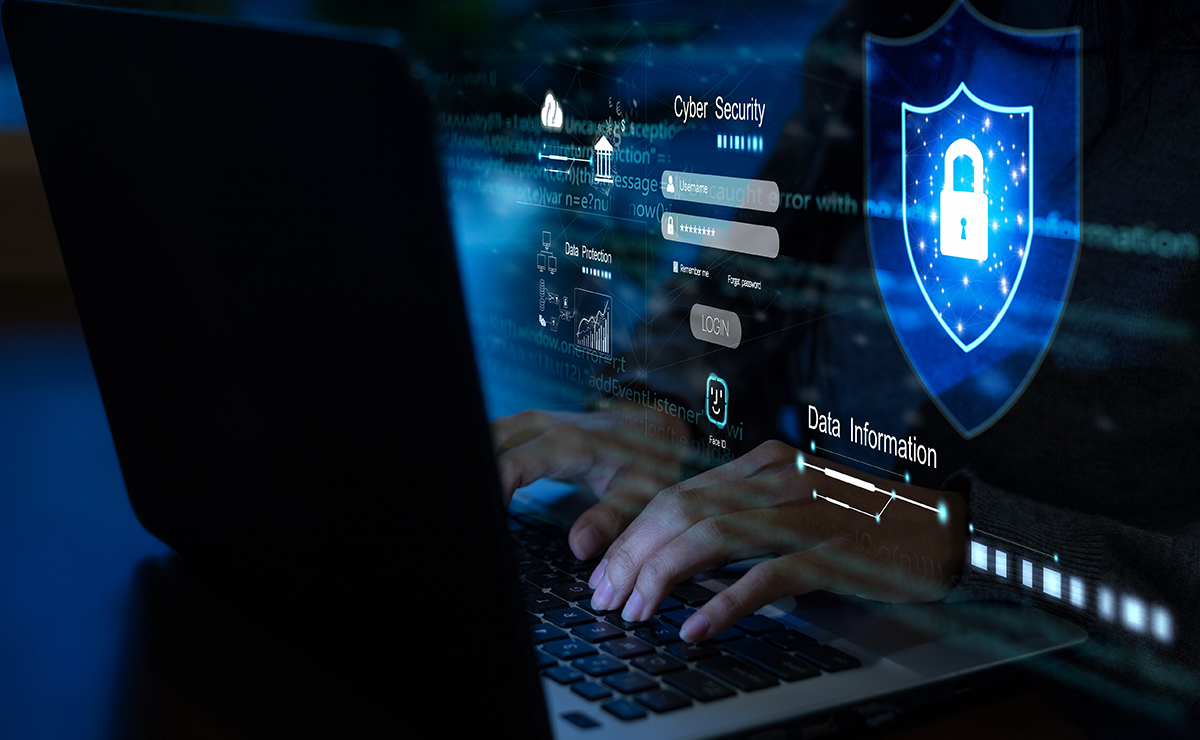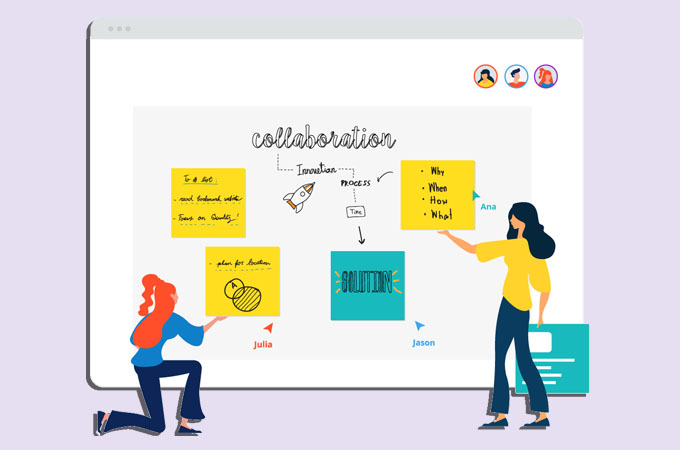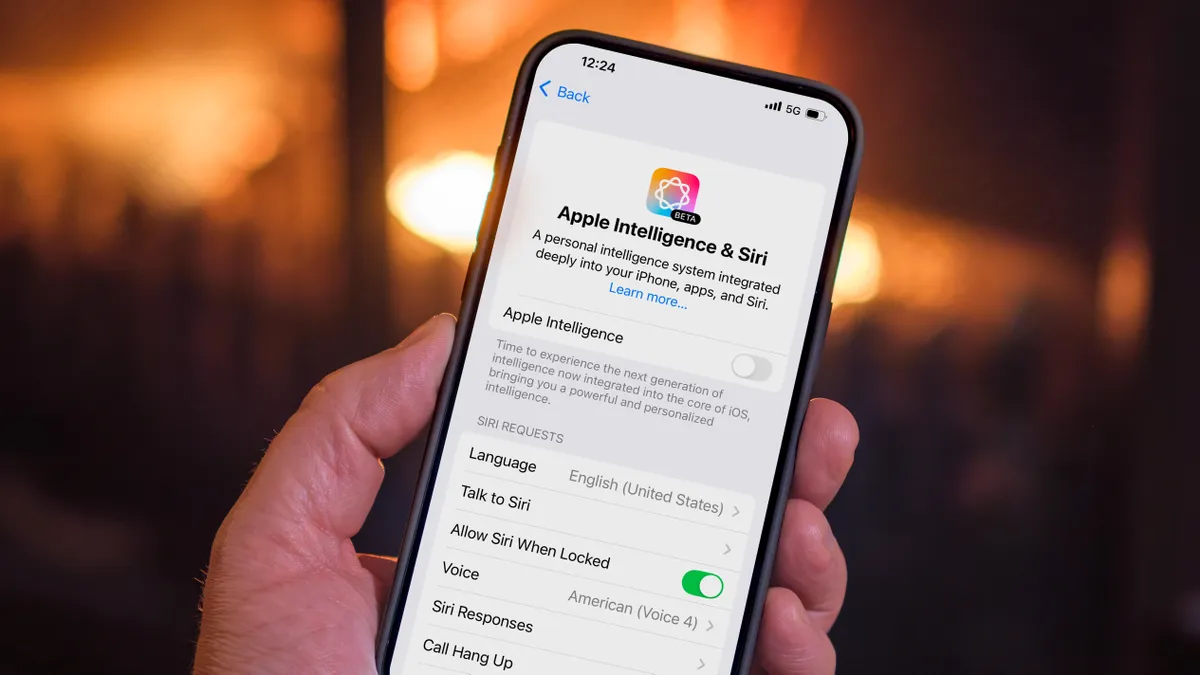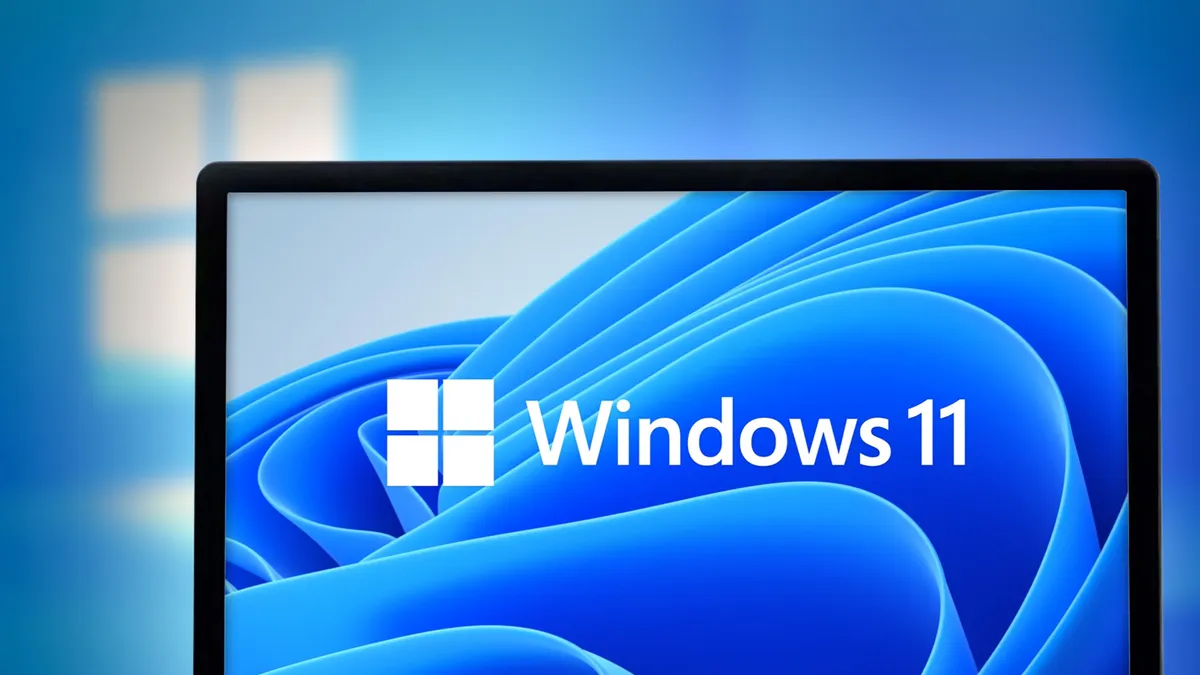In this digital age, it is very important to know How to Protect Your Privacy While Browsing the internet. this is very important due to the rising concerns about data breaches, online tracking, and invasive advertising practices.
It is essential to take proactive steps to ensure your online privacy. This guide will explore effective strategies and tools that can help you maintain your privacy online, allowing you to enjoy a safer and more secure browsing experience.
By implementing these practices, you can significantly reduce your digital footprint and protect your personal information from prying eyes.
Understanding Online Privacy
Online privacy refers to the level of security and confidentiality you have while using the internet. It encompasses the protection of your personal information, browsing habits, and online communications from unauthorized access and surveillance.
The Importance of Protecting Your Privacy
Protecting your privacy online is important to guard against the following reasons:
Identity Theft: Personal information can be exploited by cybercriminals to commit fraud or identity theft.
Data Profiling: Companies often collect data to create detailed profiles of users, which can lead to targeted advertising and manipulation.
Surveillance: Governments and organizations may monitor online activities, infringing on personal freedoms and privacy rights.
Reputation Management: Information shared online can impact your personal and professional reputation, making it essential to control what is publicly accessible.
Common Threats to Your Online Privacy
Understanding the threats to your online privacy is the first step in protecting yourself. Here are some common risks you may face:
Tracking Cookies: Websites use cookies to track your browsing behavior, which can lead to targeted advertising and data collection.
Phishing Attacks: Cybercriminals often use deceptive emails or websites to trick users into revealing personal information.
Public Wi-Fi Risks: Using unsecured public Wi-Fi networks can expose your data to hackers.
Malware and Spyware: Malicious software can infiltrate your device, capturing sensitive information without your knowledge.
Social Media Oversharing: Sharing too much personal information on social media can lead to privacy breaches and identity theft.
Tools and Techniques for Enhancing Privacy/ How to Protect Your Privacy While Browsing
There are several tools and techniques available to help you enhance your online privacy. Below are some of the most effective options:
VPNs (Virtual Private Networks): A Must-Have for Privacy
What is a VPN?: A Virtual Private Network encrypts your internet connection, making it harder for anyone to track your online activities by masking your IP address and making it difficult for third parties to track your online movements.
Benefits of Using a VPN:
- Anonymity: Masks your IP address, providing a layer of anonymity.
- Secure Data Transmission: Protects sensitive information, especially on public Wi-Fi networks.
- Using a VPN can help protect your data on public Wi-Fi networks and allow you to access geo-restricted content.
Ad Blockers and Tracker Blockers
- Description: Tools like uBlock Origin and Privacy Badger can block intrusive ads and prevent websites from tracking your behavior.
- Benefits: By reducing the number of ads and trackers, you can enjoy a faster and more private browsing experience.
Secure Search Engines
- Description: Search engines like DuckDuckGo and Startpage do not track your searches or store personal information.
- Benefits: Using a secure search engine can help maintain your privacy while searching the web.
Password Managers for Enhanced Security
- Description: Password managers like LastPass and 1Password securely store and manage your passwords, making it easier to use strong, unique passwords for each account.
- Why Use a Password Manager?: These tools store and encrypt your passwords, making it easier to create strong, unique passwords for each site.
- Benefits: By using a password manager, you can reduce the risk of password-related breaches and enhance your overall security.
Changing Your Online Behavior
While tools and software can significantly enhance your privacy, changing your online behavior is equally important. Here are some behavioral changes to consider:
Log Out of Accounts: Always log out of your accounts when you finish browsing, especially on shared or public devices.
Clear Browsing Data: Regularly clear your cache, cookies, and browsing history to minimize the data stored on your device.
Be Cautious with Extensions: Only install trusted browser extensions and software. Research their origins and read reviews before installation.
Limit Social Media Sharing: Be mindful of the information you share on social media platforms. Adjust privacy settings to control who can see your posts.
Use Two-Factor Authentication: Enable two-factor authentication on your accounts to add an extra layer of security.
Best Practices for Safe Browsing
To further protect your privacy while browsing, consider implementing these best practices:
- Use HTTPS Websites: Always look for HTTPS in the URL, indicating a secure connection. This helps protect your data from interception.
- Avoid Public Wi-Fi for Sensitive Transactions: Refrain from accessing sensitive accounts or making purchases on public Wi-Fi networks.
- Regularly Update Software: Keep your operating system, browsers, and applications updated to protect against vulnerabilities.
- Stay informed about the latest privacy threats and best practices for online safety.
Understanding Online Tracking and Its Risks
What is Online Tracking?
Online tracking refers to the collection of data about users’ online activities. This can include websites visited, searches made, and even personal information shared.
The Risks Involved
- Data Breaches: When companies store user data, it can be vulnerable to cyberattacks, leading to personal information being exposed.
- Invasive Advertising: Companies often use tracking data to target users with personalized ads, which can feel intrusive.
- Privacy Erosion: Continuous tracking can lead to the accumulation of a detailed profile about your habits and preferences, compromising your online privacy.
How to Protect Your Privacy from Online Tracking
- Use Private Browsing Modes: Engage incognito or private browsing modes offered by browsers to minimize data storage.
- Disable Cookies: Regularly clear cookies and consider blocking third-party cookies to limit tracking.
- Use Tracking Protection Tools: Install browser extensions that specifically aim to block trackers and ads.
Also read: How to Set Up Multiple WhatsApp Accounts for iPhones – New Whatsapp Update for iPhone Users
The Importance of Regularly Updating Privacy Settings
Social Media Privacy Settings
- Review Permissions: Regularly check and adjust the data you share on social media platforms.
- Limit Profile Visibility: Set your profile to private and restrict who can see your posts and personal information.
Browser Privacy Settings
- Adjust Default Settings: Many browsers allow you to customize settings related to tracking and data sharing.
- Manage Extensions: Regularly review and remove extensions that may compromise your online privacy.
Device Privacy Settings
- Mobile Devices: Ensure location services are only enabled for trusted applications.
- App Permissions: Regularly audit app permissions and disable those that are unnecessary for the app’s functionality.
Educating Yourself About Phishing and Scams

Recognizing Phishing Attempts
- What is Phishing?: Phishing is a fraudulent attempt to obtain sensitive information by disguising as a trustworthy entity.
- Common Phishing Techniques:
- Email Scams: Emails that appear to come from legitimate sources asking for personal information.
- Fake Websites: These are simply clones of real websites that capture your information when you log in.
How to Protect Your Privacy from Phishing
- Verify Sources: Always check the sender’s email address and look for signs of phishing.
- Use Two-Factor Authentication (2FA): Implementing 2FA adds an extra layer of security to your accounts, making it harder for unauthorized access.
- Educate Yourself and Others: Stay informed about the latest phishing tactics and share this knowledge with friends and family to enhance collective security.
this post on 5 Ways to Identify Phishing Scams with Ease gives you more insight on how to protect your online privacy from phishing.
Utilizing Encrypted Communication
The Importance of Encryption
- What is Encryption?: Encryption is simply the process of converting information into a code to prevent unauthorized access.
- Why It Matters: Using encrypted communication methods helps safeguard your private conversations and sensitive information from prying eyes.
Tools for Encrypted Communication
- Messaging Apps: Use apps like Signal or WhatsApp that offer end-to-end encryption, ensuring that only you and the intended recipient can read the messages.
- Email Encryption: Consider using services like ProtonMail or Tutanota that provide encrypted email options, protecting your correspondence from interception.
Best Practices for Encryption
- Always Enable Encryption Features: Ensure that encryption settings are turned on by default in the applications you use.
- Be Cautious with Links and Attachments: Even in encrypted platforms, remain vigilant about links and attachments from unknown sources, as they can lead to phishing attempts.
Understanding and Managing Your Digital Footprint
What is a Digital Footprint?
Your digital footprint is simply the trail of data you leave behind while using the internet, including your social media activity, website visits, and online purchases.
Types of Digital Footprints:
- Active Footprint: Information you intentionally post or share online.
- Passive Footprint: Data collected without your explicit consent, such as browsing history.
How to Protect Your Privacy and Reduce Your Digital Footprint
- Regularly Audit Your Online Presence: Search for your name and review the information available about you. Remove or adjust privacy settings on platforms where you have accounts.
- Minimize Sharing: Be selective about the information you share on social media and other online platforms.
- Use Anonymous Browsing: Tools like Tor can help mask your identity and reduce your digital footprint while browsing.
You may have missed: Get Cheat Code for MTN Special Data Bundles
Staying Informed About Privacy Policies and Regulations
Understanding Privacy Policies
- What to Look For: Familiarize yourself with the privacy policies of websites and services you use. Look for information on how your data is collected, used, and shared.
- Key Terms to Know:
- Data Collection: Understand what data is being collected and why.
- Data Retention: Check how long your data will be stored.
Following Privacy Regulations
- General Data Protection Regulation (GDPR): A European regulation that enhances individuals’ control over their personal data. Learn how it affects services you use, especially if they operate in or with Europe.
- California Consumer Privacy Act (CCPA): This law provides California residents with the right to know what personal data is being collected and shared. Familiarize yourself with similar regulations in your region.
Taking Action
- Opt-Out Options: Take advantage of opt-out features provided by websites to limit data sharing.
- Advocate for Your Rights: Stay informed about local and international privacy laws, and advocate for stronger privacy protections in your community.
Conclusion
Although protecting your privacy while browsing the internet is an ongoing challenge, it is however essential for safeguarding your personal information and maintaining control over your digital life. By understanding the importance of online privacy, recognizing common threats, and utilizing effective tools and techniques, you can significantly enhance your online security. Additionally, changing your online behavior and adopting best practices will further bolster your privacy efforts. Remember, the first line of defense in protecting your privacy is you!




